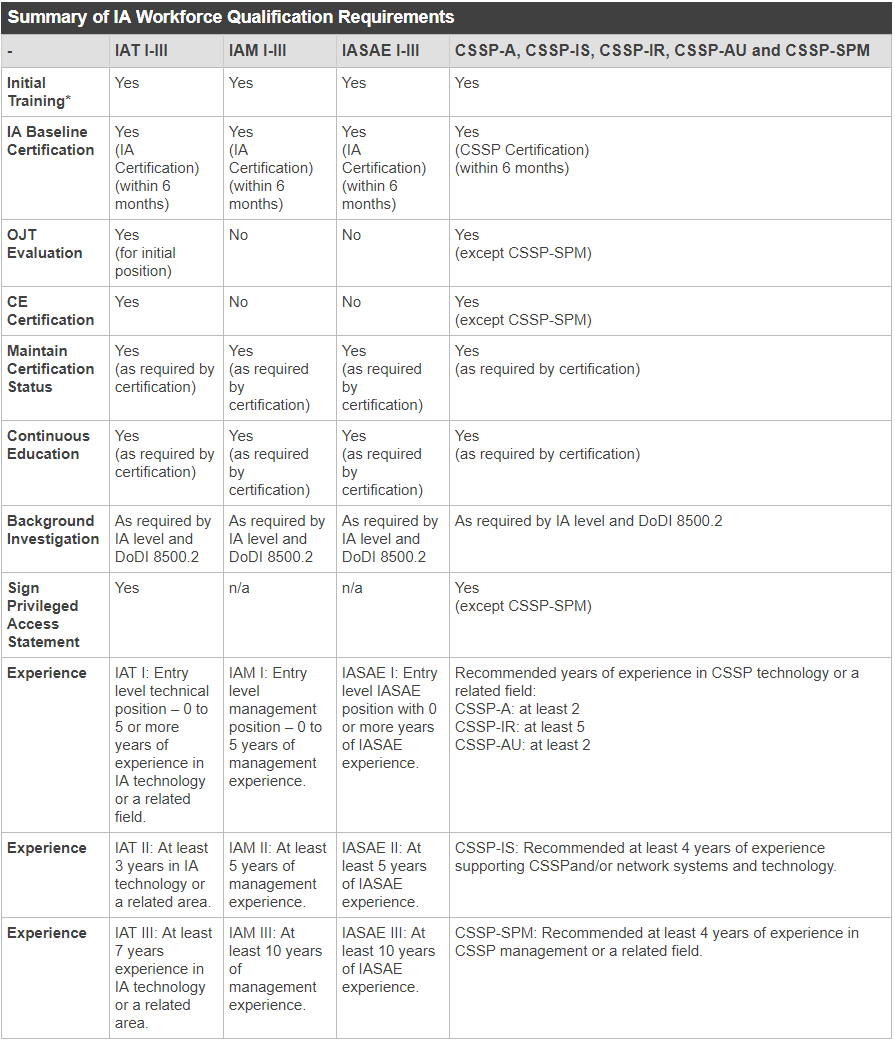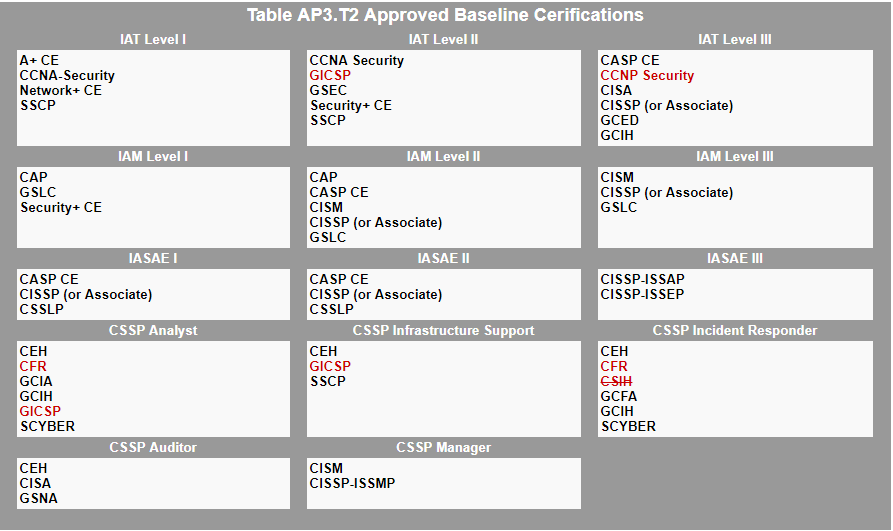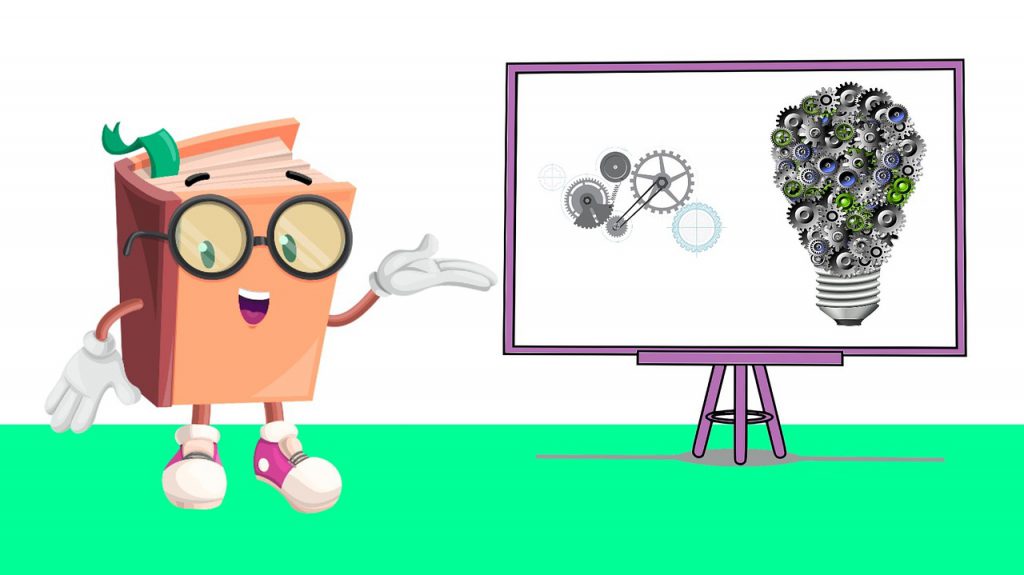
Do you want a happier, more committed and hardworking staff?
Then you need to increase employee engagement.
Unfortunately, employee engagement is scarce, both in the U.S. and around the world.
Gallup has been tracking employee engagement in the U.S. since 2000, and today, only 32% of employees are “engaged” in their workplace.
The number of engaged employees is even worse globally. Only 13% of employees around the world are considered “engaged,” according to another report from Gallup.
This means that most of the people in your agency aren’t committed to your mission, aren’t enthusiastic about the work they do, and aren’t motivated to participate in improving your workplace beyond the bare minimum work requirements.
But what is “employee engagement?” What motivates employees to become engaged? How can you increase employee engagement?
We’ll answer all these questions by giving you practical tips on creating an environment, setting policies, and working with your team for optimal employee engagement.
What is Employee Engagement?
Before you can increase employee engagement, you have to know what engagement means.
The Wikipedia definition of an engaged employee is:
A person who is fully absorbed by and enthusiastic about their work and who takes positive action to further the organization’s reputation and interests.
An employee who is emotionally invested in your agency and its goals can be considered “engaged.”
The most important part of Wikipedia’s definition of employee engagement is “action to further the organization’s reputation and interests.”
Engaged employees work harder without being asked. They stay late because they genuinely want to perform well for their department and agency. They don’t complain about playing catch-up on work because their coworker was out sick – they gladly shoulder the load.
Engaged employees are the best employees. But what drives employees to become engaged and invested in their organization?
What Motivates Engaged Employees?
Money engages employees to show up for work and do their jobs…
But money doesn’t help employees live up to the definition of “employee engagement.”
Instead of speculating on what does create employee engagement, we can go straight to the inventor of the term employee engagement, William A. Kahn.
In his seminal paper, “Psychological Conditions of Personal Engagement and Disengagement at Work,” Kahn recognized 3 major factors that influence how much of themselves an employee is willing to give to their workplace.
Here are the 3 factors:
- Psychological meaningfulness
- Psychological safety
- Availability
Psychological meaningfulness refers to employees feeling like what they do at work has purpose – that through their efforts they made a meaningful difference.
Psychological safety refers to employees feeling valued, trusted, accepted, respected, and safe within their work environment.
Availability refers to employees feeling secure and self-confident in their workplace relationships and in their ability and competency in performing their jobs.
This is all heavy-duty psychological stuff.
But it’s not all that difficult to foster these mental and emotional states in your employees.
You just need to know what to do.
Employee Engagement Ideas
We’ll show you how to effectively increase employee engagement and make your staff feel safe, confident, and important by offering a few ideas for you to test in your workplace.
Distribute Surveys and Apply the Answers
If you want to know how to increase employee engagement, you need to know what your employees currently think about you and your organization.
If you want to know what they think about your organization, ask them.
A good way to ask them (and get honest answers) is to distribute surveys and questionnaires.
But the survey shouldn’t include multiple choice or yes/no questions.
You should ask open-ended questions that allow your employees to fully express themselves, comment on real issues, and suggest original ideas for improvement and innovation.
Then, hold a meeting, formal or informal, and discuss the answers to the questions.
Afterward, implement any workplace changes you decided were necessary. Implementing ideas your employees suggested is one major way you can foster “psychological meaningfulness.”
Give Constant Feedback
Employee surveys are a good way to understand how your employees think and feel.
When it comes to their work performance, however, you’ll probably know more than they do about how well they’re doing at their jobs.
And you need to tell them if they’re doing a good or bad job right when you spot good or bad behavior. Don’t wait for annual reviews if you want real-time improvement.
The funny thing about giving feedback is that employees desperately want it and managers absolutely hate it, according to research conducted by Jack Zenger and Joseph Folkman.
All the more reason to “eat that frog” right away, instead of allowing employees to continue developing bad habits or toiling diligently without being given the pat on the back they deserve.
Let your employees know that you’ll be giving regular, daily feedback, and that you’re doing it because you genuinely want everyone, including yourself, to improve within the agency.
Allow Your Employees to Offer Their Opinions and Ideas
While surveys are great for allowing employees to express themselves formally, you should also encourage them to offer their opinions and ideas to you regularly.
One, because this fosters their “psychological safety” and “availability.”
Two, because they may have great ideas you would’ve missed if you hadn’t encouraged them to speak up.
Develop an open-door policy to foster a safe, inclusive environment for open communication.
Throw Employee Parties
What’s better than giving your employees a pat on the back?
Throwing them a party.
Picnics, catered lunches, and team building afternoons can infuse your workplace with life, laughter, and loyalty.
Encourage fun at your workplace in general, and keep the mood light and friendly. Your employees will be happier, more productive, and of course, more engaged.
Encourage Health and Wellness
Researchers from the Health Enhancement Research Organization (HERO), Brigham Young University, and the Center for Health Research at Healthways found that healthy eating habits result in more productive employees.
The study was published in the Journal of Occupational and Environmental Medicine.
Here are the results for the organizations who implemented wellness programs:
- Absenteeism was 27% less in healthy-eating employees as compared to those who didn’t eat healthy and exercise.
- Employees who ate healthy throughout the day were 25% more likely to have higher job performance.
- Employees who ate 5 or more servings of fruit and vegetables on four or more days in the past week were 20% more likely to have higher job performance.
- And employees who exercised for 30 or more minutes on 3 or more days a week were 15% more likely to have higher job performance.
If you want to reap the productivity benefits of healthy living in your agency, then offer healthy snack foods in the office, promote exercise, and/or implement a wellness program.
Rally Your Employees Around Your Agency’s Mission
Your employees want to feel like they’re part of something bigger than themselves (psychological meaningfulness).
How do you inspire such a feeling?
Well, as Simon Sinek would say, by rallying your organization around your big “why.”
Your mission statement, your agency’s culture, your belief in what you’re accomplishing in the world should be understood and loved by everyone in your organization.
Find that, and your employees will find meaning.
Teach the Way Your Employees Like to Learn
Your employees don’t all learn in the same way.
You shouldn’t treat them as if they do.
Creating learning alternatives, finding a happy medium between microlearning vs. long-form learning, and considering the cost of eLearning can help you create individual development plan goals that cultivate the skills, knowledge, and attributes your employees need to succeed and grow within your agency.
Encouraging them to upgrade their skills and providing the resources they need to improve in their work will tell them you’re working for their best interests – which will certainly increase employee engagement.
If you want to give your employees the freedom to learn at their own pace without breaking your budget, we can help.
Experience the proven, easy-to-use, and cost-effective benefits of online training by scheduling your free online training consultation today!










